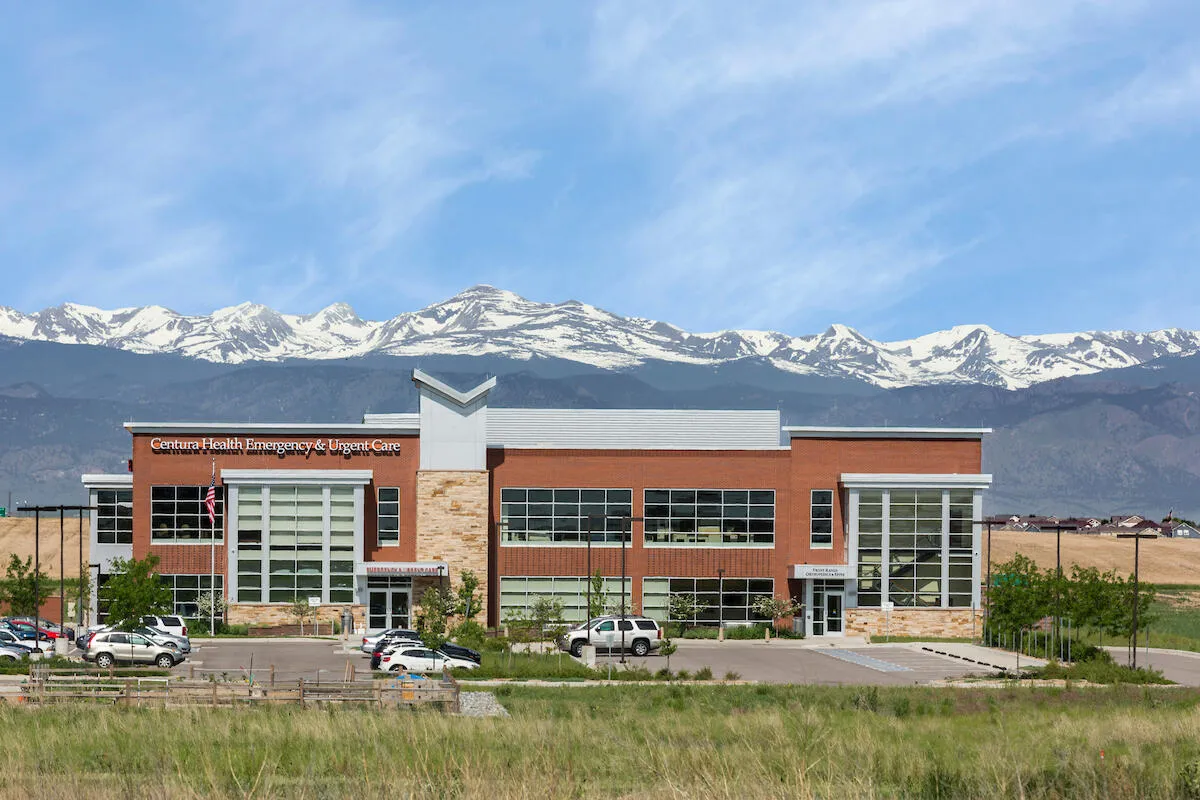Educators work to find ways to train more nurses

BOULDER — The numbers are staggering.
- Hundreds of thousands of new nurses are needed to meet current patient demand — 203,200 openings for RNs nationwide will exist each year through 2031.
- Numbers of registered nurses declined by more than 100,000 in one year, 2020-2021.
- Nursing schools turned away 91,938 qualified applications from baccalaureate and graduate nursing programs in 2021 because there weren’t enough instructors or clinical resources to teach them.
Nursing, it seems, is in a proverbial Catch 22. More nurses need to be trained, but there aren’t enough trainers. Working conditions on the hospital floor, meanwhile, become so intolerable that nurses quit or…
THIS ARTICLE IS FOR SUBSCRIBERS ONLY
Continue reading for less than $3 per week!
Get a month of award-winning local business news, trends and insights
Access award-winning content today!
Already have a paid subscription?
Sign in with GoogleSign in with Google





